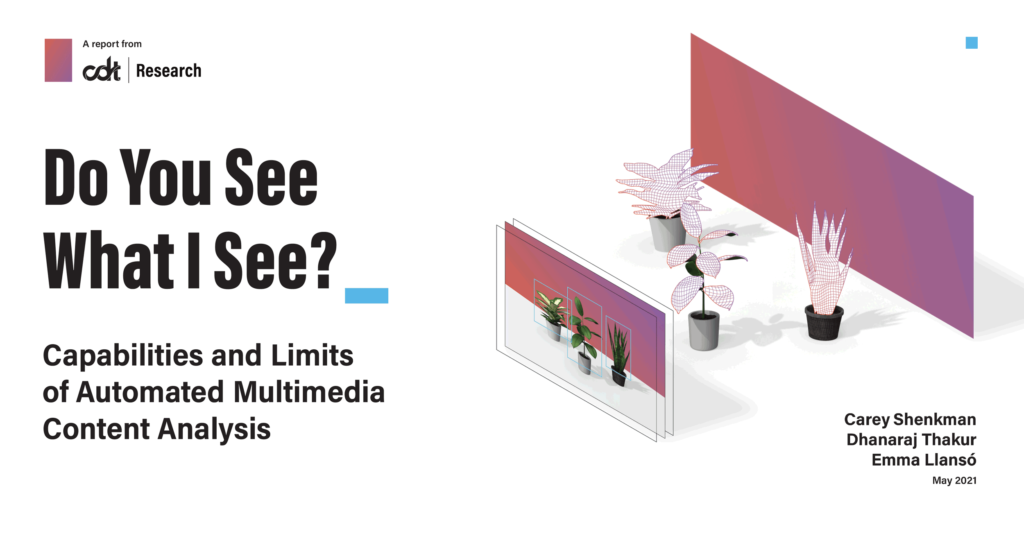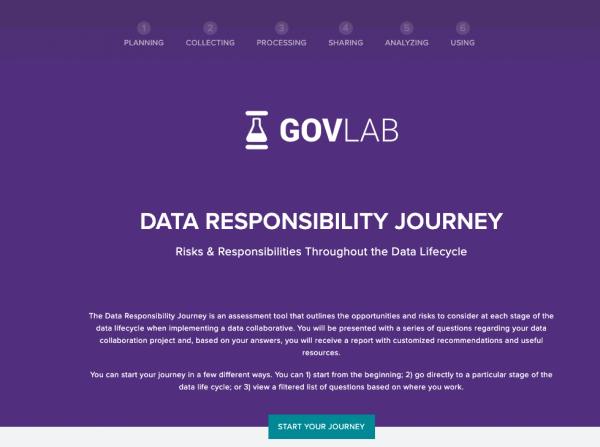
Report by Jasmina Byrne, Emma Day and Linda Raftree: “Every child is different, with unique identities and their capacities and circumstances evolve over their lifecycle. Children are more vulnerable than adults and are less able to understand the long-term implications of consenting to their data collection. For these reasons, children’s data deserve to be treated differently.
While responsible data use can underpin many benefits for children, ensuring that children are protected, empowered and granted control of their data is still a challenge.
To maximise the benefits of data use for children and to protect them from harm requires a new model of data governance that is fitting for the 21st century.
UNICEF has worked with 17 global experts to develop a Manifesto that articulates a vision for a better approach to children’s data.
This Manifesto includes key action points and a call for a governance model purposefully designed to deliver on the needs and rights of children. It is the first step in ensuring that children’s rights are given due weight in data governance legal frameworks and processes as they evolve around the world….(More)”


